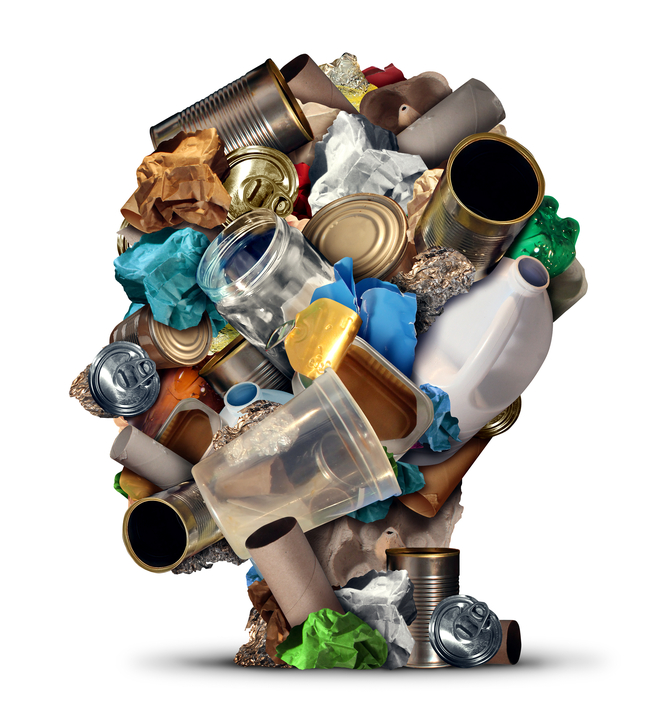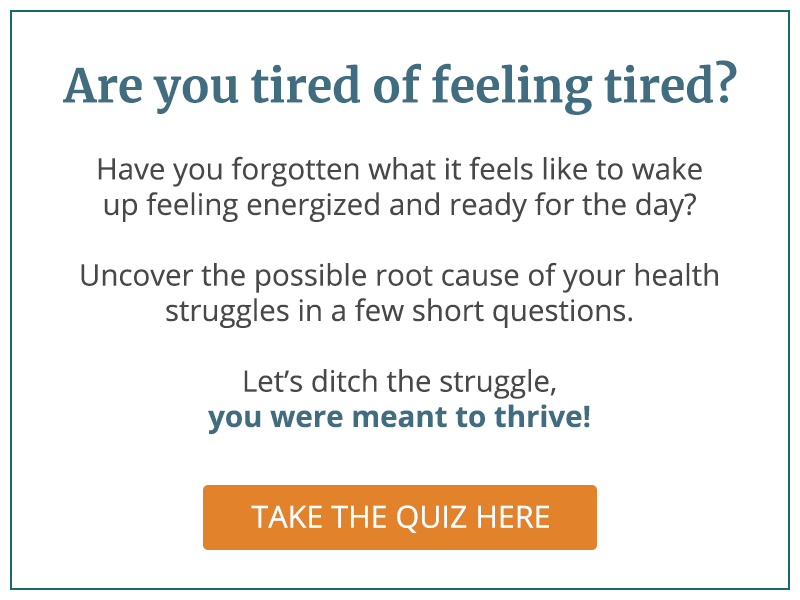What Are Endocrine Disruptors? Can They Contribute to the Development of Disease?
The interplay between our genetic makeup and the environmental exposure that we have throughout our lifetime can be complex. There are studies underway that will help us to understand how the thousands of chemicals we inhale, ingest and absorb are affecting our long term health. In the meantime, however, there are a few things we do know right now.
Specifically there are substances in the environment known as endocrine disruptors that have a similar chemical structure as our body’s natural hormones. They can be natural or manmade. When they are absorbed into the body, they can interfere with the normal hormonal system. Research has found links between exposure to these chemicals and a woman’s risk of breast cancer as well as other conditions such as diabetes and autoimmune disease. We also know that during particular phases of development, such as in-utero, early childhood and puberty, the opportunity for endocrine-disruptors to wreak havoc on the hormonal system is at it’s greatest.
We encounter these chemicals in commonly used items such as plastic toys, canned foods, personal care items, furniture, and electronics, as well as more generally in contaminated air, water, and house dust.
WHAT CAN BE DONE TO LIMIT EXPOSURE?
- Eat hormone-free meat and dairy
- Reduce consumption of animal fat
- Use the dirty dozen list when deciding which fruits and vegetables to buy organic
- Use a water filter that removes chemicals, heavy metals and infectious agents
- Use stainless steel or glass containers
- Use only glass or ceramic (not plastic) in the microwave
- Eliminate phthalate-containing household items (PVC plastic), toys, and personal care items
- Eliminate products containing “Fragrance”
- Use non-toxic cleaning products
- Avoid chemical-based dry cleaning
- Avoid car exhaust and gasoline fumes
- Consider a HEPA filter to improve your indoor air quality
- Dust and vacuum your home frequently
- Consider adding plants to your home that help remove specific toxins. Here’s a link to a list of those plants:
http://www.cnn.com/2016/09/14/health/toxic-chemicals-house-dust/index.html
Finding reputable online resources to research products can be confusing.
I like to refer to the Environmental Working Group as a quick guide for many things such as the invaluable Dirty Dozen list: http://www.ewg.org
In addition, you can use the below resources to research particular chemicals found in your products. Information is key. It can help you make healthier choices for yourself and your family as well as give you the tools to help encourage industry and companies to improve their current practices.
- Household Hazardous Substances Database links over 6,000 consumer brands to health effects. https://hpd.nlm.nih.gov
- Agency for Toxic Substances Disease Registry (ATSDR) evaluates the human health effects of hazardous substances. http://www.atsdr.cdc.gov
- The National Institute for Occupational Safety and Health (NIOSH) provides information on chemical safety, workplace health hazard evaluations and information regarding reproductive health. http://www.cdc.gov/niosh


